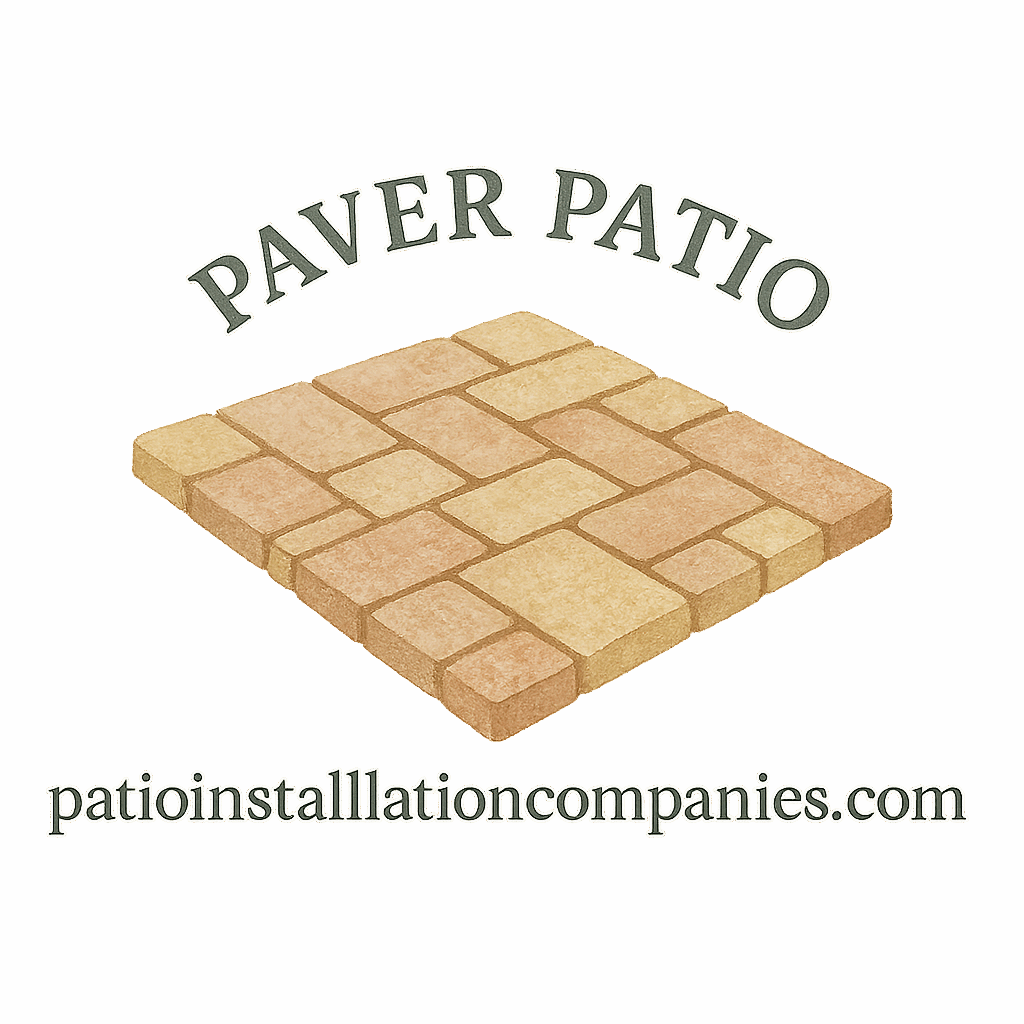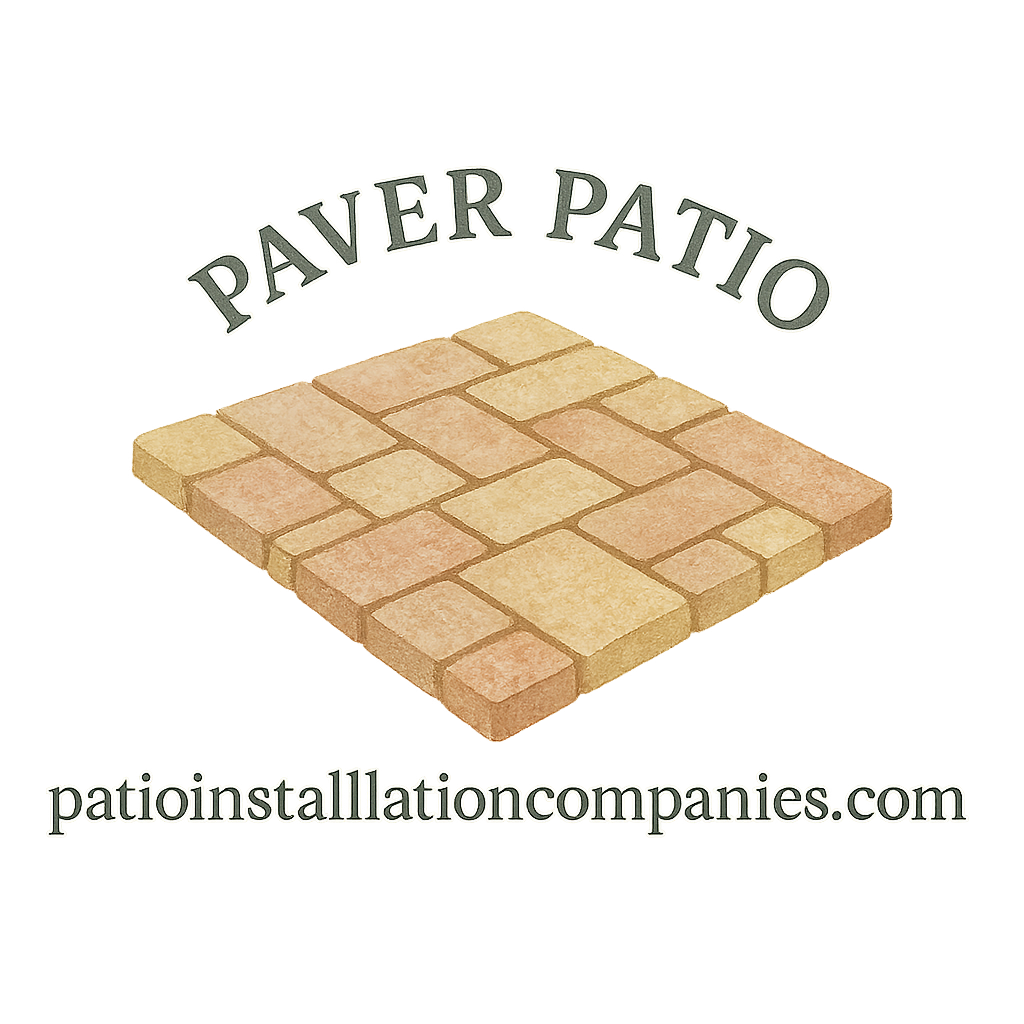Introduction: Why Base Compaction Matters
If you’re building a paver patio, you’ve probably heard the saying, “It’s all about the base.” And honestly, that couldn’t be more accurate. A poorly compacted base is like building your patio on a pile of pillows—it might look good at first, but it won’t last. Cracking, sinking, and uneven surfaces all trace back to a weak base. So, let’s walk through the 7 best ways to compact your paver patio base the right way, ensuring it holds up for years to come.
1. Start with the Right Base Material
Crushed Stone vs. Gravel: What’s Best?
Choosing the wrong base material is like laying the foundation for a house on sand—literally. For a solid paver patio, opt for crushed stone like ¾” road base or crusher run. These have sharp edges that lock together when compacted.
Rounded gravel, on the other hand, doesn’t compact well and can shift under pressure. It’s tempting because it’s often cheaper, but long-term durability suffers. If you’re curious how crushed stone compares to other materials, check out this guide on the concrete vs. pavers debate.
2. Excavate the Area Correctly
Dig Deep Enough for Stability
You can’t just toss pavers on top of grass and hope for the best. You’ve got to dig. The depth depends on your climate, paver thickness, and expected load. For most patios, you’ll need to excavate 6–12 inches below the final paver height.
Consider Soil Type
Soft or clay-heavy soils require deeper excavation and possibly even soil stabilization. Sandy soils offer better drainage but may shift more. It’s essential to understand your soil to adjust your base compaction strategy.
3. Use Layers: Don’t Dump It All at Once
The Rule of 4-Inch Layers
One of the most common mistakes DIYers make is dumping all the base material in at once. Big mistake. Instead, work in 3-4 inch layers (called “lifts”). Spread the layer, then compact it. Repeat.
Compact Each Layer Thoroughly
Skipping this step is like skipping leg day—you’re only cheating yourself. Compact each layer with care to ensure no air pockets or shifting happens later. Not sure if DIY or hiring help is better? Visit Installation DIY vs. Contractor for a breakdown.

4. Water as You Compact
Moisture Helps Lock It In
A little water goes a long way. Lightly wetting the base material helps the particles bind together more tightly. Think of it as the glue that brings it all together.
Don’t Overdo It
Avoid soaking the base. Too much water turns your compacting effort into a muddy mess. Light misting between compaction passes is the sweet spot.
5. Use the Right Compactor Equipment
Plate Compactors vs. Hand Tampers
Let’s face it—hand tampers are only good for very small jobs. For most patios, especially if you’re building over 100 square feet, rent a plate compactor. It delivers 3,000–5,000 pounds of force, helping to eliminate air pockets and lock your base together.
Rentals vs. Buying
Unless you’re starting a landscaping business, renting is your best bet. Most hardware stores rent plate compactors for around $40–$60 per day. Well worth it for the peace of mind!
6. Check for Level and Slope
Keep Water Flow in Mind
Water pooling on your new patio? No thanks. Ensure you grade the base with about a 1/4-inch slope per foot away from structures. This prevents water from damaging your foundation or ruining your backyard vibe.
Use a Laser Level or Screed
For accuracy, use a laser level or a long screed board with a level attached. Uneven base layers = uneven pavers. Don’t eyeball it—get the tools that do it right.
7. Edge Restraints Lock It In
Preventing Paver Spread
Without edge restraints, your pavers could start to spread and shift over time—especially under weight or extreme weather. Edge restraints act like a belt, keeping everything snug and in place.
Options for Edge Restraints
You’ve got options: plastic edging, concrete curbs, or metal strips. Choose based on budget, design, and expected usage. Browse patio accessories to see what suits your design.
Mistakes to Avoid During Compaction
Skipping Layers
As mentioned, layering and compacting each level is vital. Skipping this will result in sinkholes and shifting pavers.
Using Wrong Materials
Gravel, soft fill, or sand alone doesn’t cut it. Stick to materials specifically designed for base compaction. Check our cost and contractor guide to see what pros recommend.
Maintenance Begins with a Solid Base
The better your base, the less work you’ll need to do later. A well-compacted base ensures fewer repairs, minimal weed growth, and no annoying puddles after rain. Want to keep your patio pristine? Here are tips on maintenance & longevity to extend its life.
Design Planning Matters Too
Planning & Design Considerations
Before you even dig, a solid plan makes everything smoother—literally and figuratively. Planning involves understanding layout, materials, and flow.
Backyard Design Ideas Inspiration
Need creative spark? Dive into ideas for unique shapes, features like fire pits, or combining multiple materials for contrast. Also explore creative outdoor design for out-of-the-box concepts.
Conclusion: Build to Last
Compacting your base isn’t the most glamorous part of installing a patio—but it’s absolutely the most important. Follow these seven methods step by step, and your paver patio will stand strong through the seasons. Don’t cut corners; compact with confidence. Ready to transform your backyard? Explore more backyard enhancements and bring your outdoor vision to life.
FAQs
1. Can I use sand as a base for pavers?
No. Sand should be used as a setting bed above a compacted base, not as the base itself.
2. How deep should the base be for a paver patio?
Typically 6–12 inches depending on soil type and expected load.
3. What’s the best equipment for compacting a paver base?
A plate compactor is ideal. For small areas, a hand tamper may suffice.
4. Do I need to water the base while compacting?
Yes, lightly. Moistening helps lock in the materials but avoid oversaturation.
5. How long does it take to compact a base properly?
A standard patio can take 2–4 hours depending on size and number of layers.
6. Can I compact with a car if I don’t have equipment?
Not recommended. Cars don’t distribute weight evenly and can damage the base.
7. Where can I get more design and DIY ideas?
Check out DIY savings, patio design, and paver ideas for inspiration.


